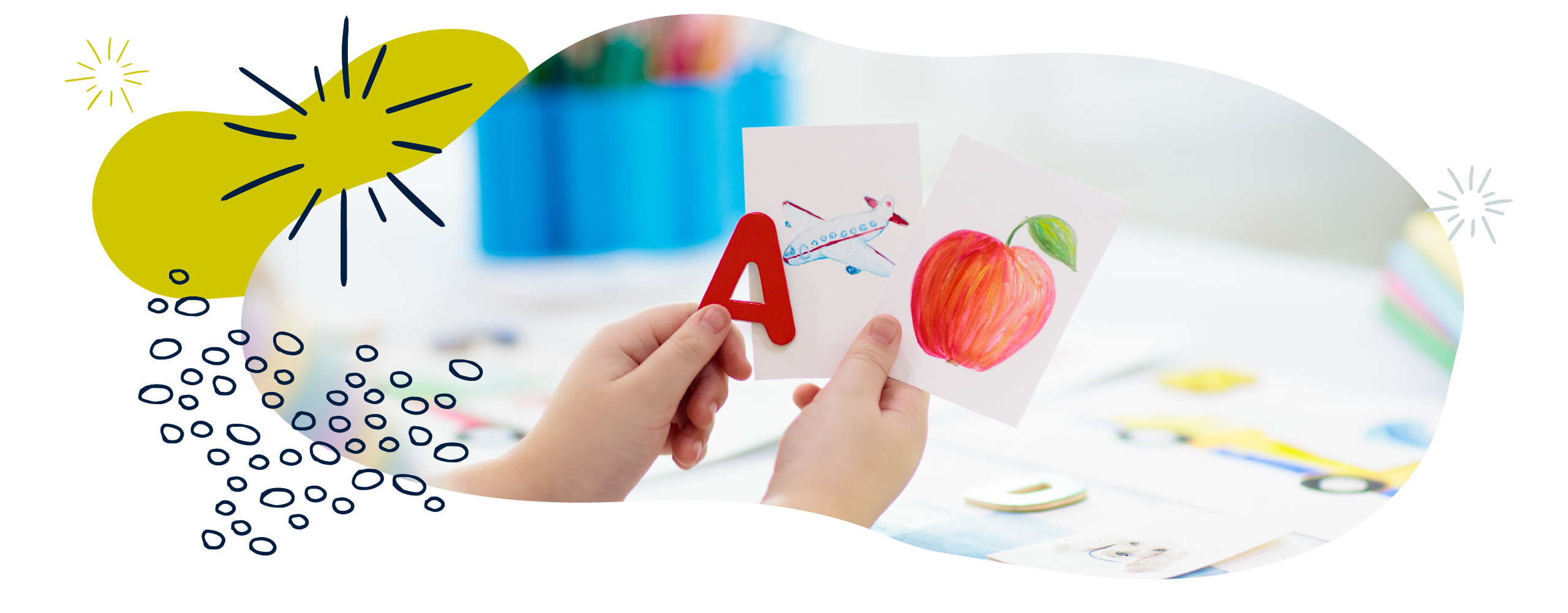Key Stage 2 SATs reading test
In May of Year 6, your child will sit a reading test as part of their end of Key Stage 2 National Curriculum Assessments (SATs).
This test is designed to assess how well your child is doing in relation to the National Curriculum programme of study for reading, and is primarily a test of reading comprehension. Children are given a series of texts to read, and must write answers to questions about what they have read. Many of the skills they need are also transferable and useful for the reading they will need to do at KS3.
How can I help my child prepare?
1. Encourage regular reading
- Encourage them to read regularly. This should include a range of fiction as well as non-fiction texts, such as leaflets, newspapers and information books. Suggest that they try a different author or genre every couple of weeks to broaden their reading experience.
- Reading stamina is needed for the test, so encourage them to tackle longer passages and also check how long it takes them to read different texts carefully.
- Talk to your child about what they are reading.
2. Locate information
- Skim a text, such as a magazine article, to get a quick sense of what it is about. Talk about when this skill might be useful. Remind them that close reading is needed to understand a text fully.
- Ask them to ‘scan’ a text to find some key information. For example, glance through a synopsis of a film you are about to watch and find out the main characters’ names. Point out how we can easily find things like names and dates, due to the use of capital letters or numbers for dates.
3. Practise summarising
- Pick out five key facts from a non-fiction book they have read.
- Summarise the chapter they have read in three sentences.
- Sum up the main character in three words. What evidence do they have for this?
- Draw a timeline for the story.
4. Be a detective
- What did they learn about the main character’s feelings in the part of the book they have just read? What clues helped them work this out?
- Ask them to choose one key point in the story and write a thought bubble for one or more of the characters involved.
- Can they predict what might happen next? Have there been any ‘clues’? Remind them that their prediction should be based on evidence.
- Suggest that they reread the opening paragraph. Are there any clues about the time or place the story is set?
5. Look at non-fiction texts
- Was there anything special about the away the text was laid out? Did it make the information more appealing or easy to read?
- Look at one of the illustrations. Are there any captions or labels? If not, could they add some?
6. Explore the words
- Are there any words they do not know? Could they work them out from the context? How could they check? Keep a list of interesting new words.
- Find a word that really stands out. Why is it a good word to use? Can they suggest any alternatives?
- Find an effective description which helps convey a picture or idea. Draw what they imagine based on the words used.
- Were there any technical or special words used by the author? Can they explain what they mean?
7. Explore changing viewpoints and ideas
- Did any characters change as the story progressed? What were they like to begin with? How had they changed by the end?
- Did your child’s views about a character change as they read the book? Why?
- When reading a persuasive text or even a newspaper article, did the author make them feel a particular way about the topic in the text? How? Did their view change as they read more about it?
- Does the text remind them of anything they have read before? How is it similar or different?
Advice written by education expert Christine Jenkins.
Video support
Playlist: Key Stage 2 SATs prep
Confused by fronted adverbials and need a refresher on averages? Our short animations will help.
Free eBook Library
Find a huge selection of free eBooks to encourage your child to read and support their reading journey in our library. Take a look >

